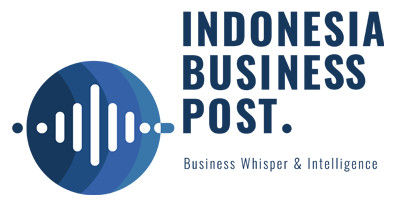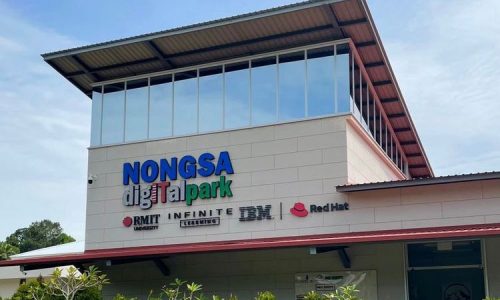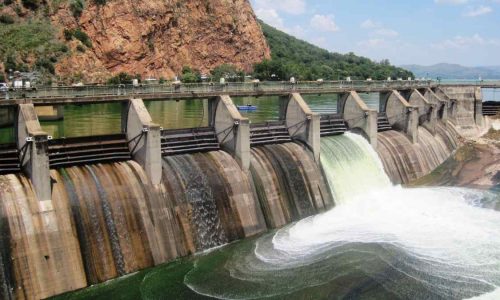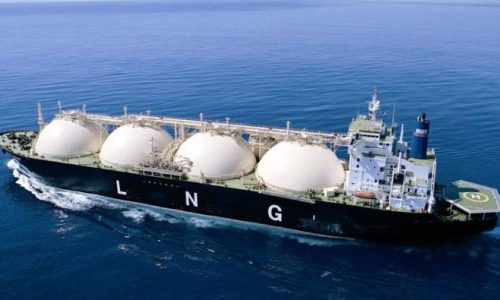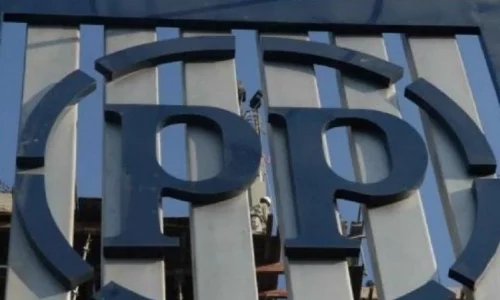Indonesia faces formidable challenges in achieving a 7-percent economic growth target, primarily due to the uncertainties in the global economy and inneficient imnvestment in the country, resulting in commodity price weakness. As of 2023, the Indonesian economy recorded a growth of 5.05 percent, a decline from the previous year’s realization of 5.31 percent.
In earlier years, particularly during the early days of the New Order, Indonesia experienced remarkable economic growth, reaching 10.92 percent in 1968. Subsequent years, such as 1994 and 1995, saw growth figures of 7.48 percent and 8.07 percent. However, post-reform era, domestic economic growth struggled to surpass the 7 percent threshold.
Yusuf Rendy Manilet, an economist from the Center of Reform on Economic (CORE), highlights the pivotal role the manufacturing industry played in Indonesia’s high growth periods.
“At that time, one of the highest contributors to growth was the manufacturing industry. This is reasonable because manufacturing is a sector that significantly contributes to Indonesia’s GDP,” Yusuf said in an interview with Katadata.co.id on February 8, 2024.
However, over the last two to three decades, Indonesia’s manufacturing sector has faced a slowdown, impacting overall economic growth. According to Yusuf, this slowdown in the manufacturing sector is a significant factor in why the domestic economy has struggled to reach a 7 percent growth rate during Joko Widodo’s two decades in office.
Inefficient investment in Indonesia
Apart from manufacturing, fundamental economic issues related to inefficient investment costs are hindering economic growth. This is reflected in the Incremental Capital Output Ratio (ICOR) indicator for Indonesia. In 2021, Indonesia’s ICOR stood at 8.16 percent, decreasing to 6.2 percent in 2022. ICOR determines the additional capital (investment) needed to increase one unit of output to support economic growth and national development. A lower ICOR indicates more efficient investment costs.
However, several factors contribute to Indonesia’s relatively high ICOR, including inadequate infrastructure facilities, complex bureaucracy, production costs, labor market competitiveness, and high logistics costs. “This indicator depicts the high cost of investment in Indonesia, including institutional factors such as law enforcement, the implementation of good policies, and issues related to the quality of human resources,” noted Yusuf.
Manufacturing sector unattractive to investors
Bhima Yudhistira, an economist and director at the Center of Economic and Law Studies (CELIOS), emphasizes structural factors and questions the lack of attraction for industrial players to enter the manufacturing sector.
“Due to the relatively high ICOR, which was at 7 percent at the beginning of Joko Widodo’s term in 2015, we are losing competitiveness because the investment cost is too high,” Bhima stated.
Bhima suggests structural reforms through the strengthening of the manufacturing industry, known as downstreaming However, he notes that current downstreaming efforts are primarily focused on commodities, causing a lack of correlation with the manufacturing sector. During the ongoing downstreaming program, the manufacturing sector’s contribution to the Gross Domestic Product (GDP) failed to reach 20 percent and only touched 18 percent.
This disparity between primary industrial commodities and assembly industries has resulted in a broken supply chain for battery assembly and electric vehicle assembly programs in Indonesia.
High investment costs
Additionally, Bhima highlights the relatively high levels of corruption in some bureaucratic levels, contributing to the high cost of investment in Indonesia, including logistics costs.
“Why is the government allocating a significant budget for the National Capital Integrated Coastal Development (IKN) for the Jakarta-Bandung high-speed train? The main issue is the high logistics costs; there should be an increase in capacity and connectivity for ports and railway transportation for logistics, which should be prioritized,” Bhima emphasized.
He believes that the current budget for infrastructure spending has not succeeded in reducing logistics costs, leading to Indonesia’s persistently high ICOR. Furthermore, Indonesia is currently facing challenges in human resources, despite having a demographic bonus peaking in 2030. There is a wide skills gap preventing the workforce from filling various high-income service sector roles.
In order to achieve the 7 percent growth target, comprehensive structural changes are needed, starting with bureaucracy, and a focus on infrastructure, human resources, and green economy initiatives.
Agricultural sector slowdown
Tauhid Ahmad, an economist from the Senior Institute for Development of Economic and Finance (INDEF), believes that Indonesia faces difficulties in reaching 7 percent growth due to the sluggishness of key economic drivers such as the agricultural, processing, and mining sectors.
“How can we achieve 6 percent growth when [Indonesia] can only manage 4-5 percent now? Agriculture has also dropped by 3 percent, making it more challenging. Don’t talk about new sectors; even for agriculture, the government is not serious,” stated Tauhid.
In 2023, the agricultural, forestry, and fisheries sector only grew by 1.30 percent, significantly lagging behind the mining and excavation sector (6.12 percent) and the transportation and warehousing sector (13.69 percent).
While the information and communication sector saw higher growth at 7.59 percent in 2023, Tauhid emphasizes that this sector’s contribution to the gross domestic product is still small compared to the agricultural sector.
Tauhid urges the government to control free trade to enhance the competitiveness of Indonesian products, emphasizing that import policies hinder the development of domestic industries. “No production, no raw material collection, and sub-industries don’t develop. We accept imports as they are, so our money and efforts go out (to other countries),” he remarked.
The road to achieving a 7 percent growth target for Indonesia requires addressing these structural challenges comprehensively, encompassing reforms, efficiency improvements, and a renewed focus on key economic sectors.
